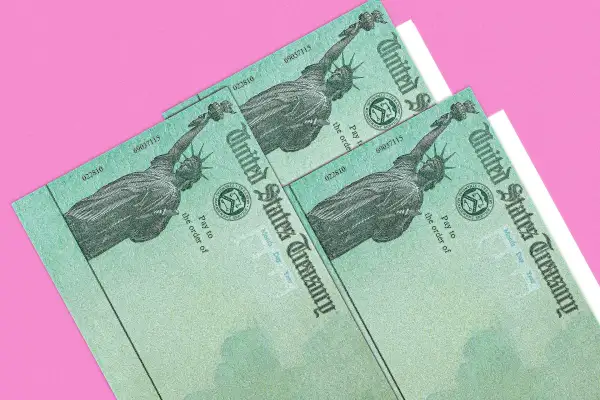The Trump Administration Is Clawing Back Social Security Overpayments. Here's What to Know

In a significant policy shift, the Trump administration has reintroduced a 50% clawback rate for Social Security overpayments — meaning the government can now withhold up to half of a recipient’s monthly benefit to recover overpaid funds. This comes after the Biden administration had lowered the clawback rate to 10%, citing the financial vulnerability of many beneficiaries.
For a brief (and controversial) period earlier this year, under the Trump administration, the Social Security Administration, or SSA, implemented a 100% clawback, leading to public outcry and reports of retirees receiving $0 checks. The new 50% rule is being presented as a compromise, but it still raises concerns among advocates and recipients alike.
Why is Social Security taking money back?
A Social Security overpayment occurs when the Social Security Administration sends someone more money than they were technically eligible to receive. According to AARP, most overpayments occur among beneficiaries of Social Security Disability Insurance, or SSDI, and Supplemental Security Income, or SSI.
Often, these overpayments are the result of changes in income, marital status or disability status that were not reported promptly enough for the government to change its records. In other cases, the SSA simply makes a mistake — paying someone too much because of outdated information or clerical errors. Regardless of the reason, the agency considers the excess funds a debt that must be repaid, even if the recipient had no idea they were being overpaid in the first place.
And the onus is on the recipient to correct the issue.
How does the new 50% clawback work?
Under the current rule, which was announced April 25, if the SSA determines you were overpaid, it can withhold 50% of your monthly benefit until the full amount is recovered. So if your typical payment is the average SSDI amount of $1,581.88, you'd receive only $790.94.
This is a reduction from the temporary 100% clawback imposed earlier in 2025, which left many older adults and disabled individuals without any income at all. Back then, Trump-appointed Acting Commissioner of Social Security Lee Dudek defended the rollback of the clawback reprieve, saying, “It is our duty to revise the overpayment repayment policy back to full withholding, as it was during the Obama administration and first Trump administration, to properly safeguard taxpayer funds.”
The previous Biden-era policy had capped clawbacks at just 10%, which allowed recipients to manage repayment without risking their basic needs. While the 50% policy is meant to strike a balance, critics say it still imposes significant hardship on people living on fixed incomes.
"It's half as cruel, but it's still cruel," Martin O'Malley, former SSA commissioner, remarked last month in an interview with WSB-TV Atlanta.
What should I do if I get a Social Security overpayment notice?
Receiving an overpayment notice can be alarming, but it's important to act quickly. First, read the letter carefully to understand why the SSA believes you were overpaid and how much it claims you owe. Then, compare the SSA’s information to your own records to determine whether the calculation seems accurate.
If you believe the overpayment was a mistake or if you cannot afford the repayment terms, you have the right to challenge it. You can contact the SSA to ask for a reconsideration or to request a waiver. If you do not dispute the overpayment itself but believe the repayment rate is too high, you can apply for a lower rate based on your financial situation.
The key is not to ignore the notice — responding promptly can help protect your benefits.
Is it really fair to ask people to repay Social Security years later?
That’s the heart of the controversy. Many beneficiaries are shocked to receive notices years after the supposed overpayment occurred. Often, the money has long been spent, and recipients are in no position to pay it back.
Even when the overpayment was clearly the SSA’s error, the agency still holds beneficiaries responsible. Critics argue that this practice is unfair and punitive, particularly when it affects elderly or disabled individuals who depend on their benefits for basic necessities.
In April, Democrats in the House of Representatives even introduced a bill that would permanently cap the SSA clawback rate at 10%. The bill was referred to a committee and has not progressed further.
Can I avoid SSA overpayments in the future?
Avoiding overpayments entirely isn’t always possible, especially when the problem lies with the SSA. Still, beneficiaries can lower their risk by staying in close contact with the agency and promptly reporting any changes in income, living arrangements or other factors that might affect eligibility.
Keeping thorough records of any correspondence or reported changes can also help protect you if an overpayment is later claimed. Reviewing your benefit statements regularly for unusual changes or errors is another smart practice.
More from Money:
Why Some People Will Get 2 Social Security Checks in May
What Happens if You Lose Your Social Security Card?
White House Plans to Eliminate Social Security Payments by Paper Check
